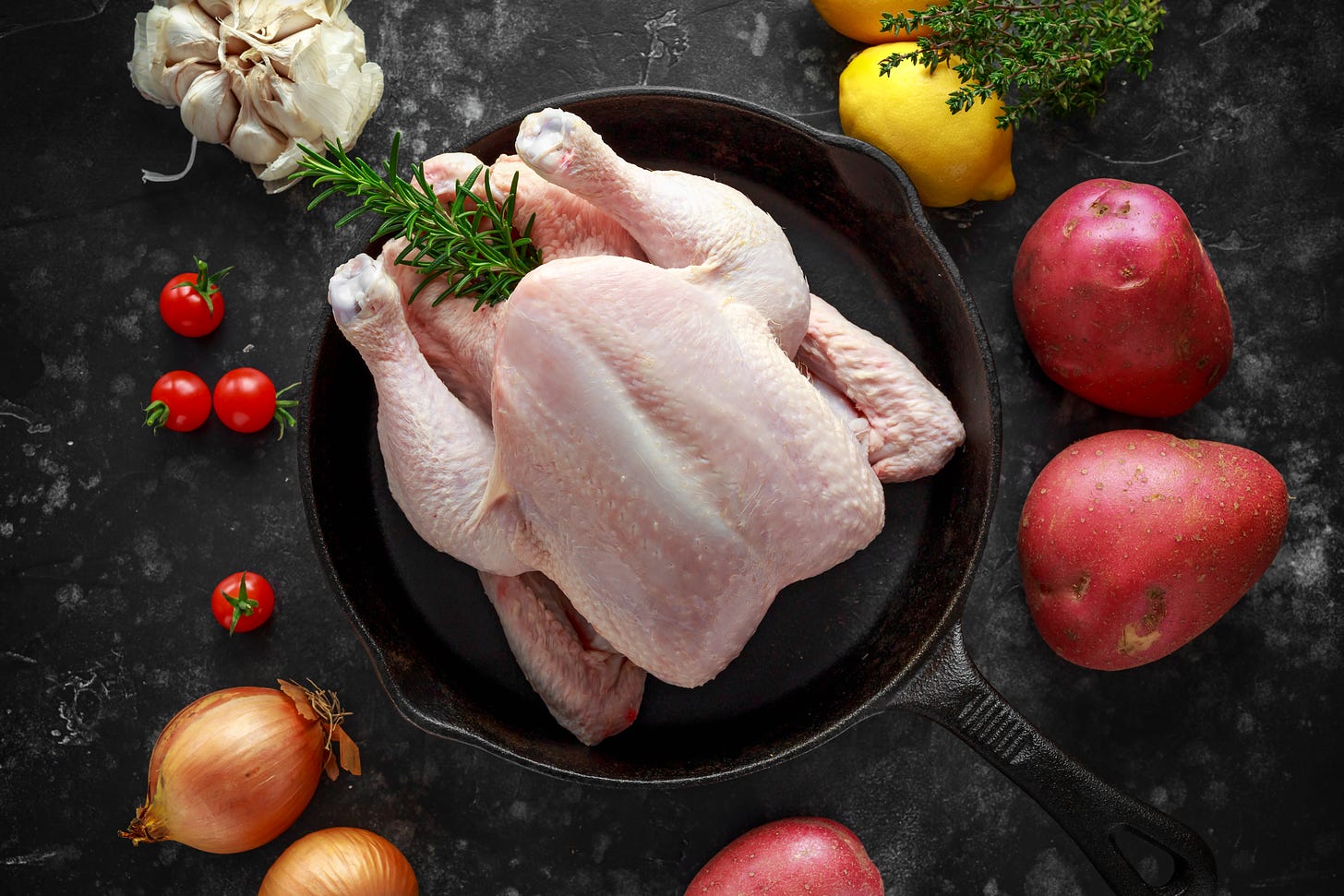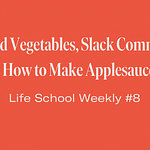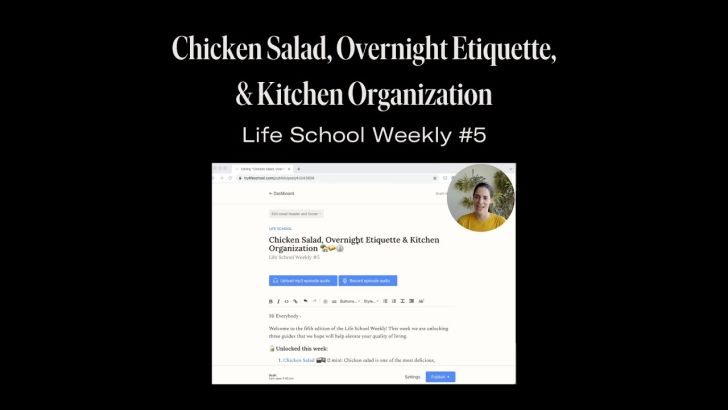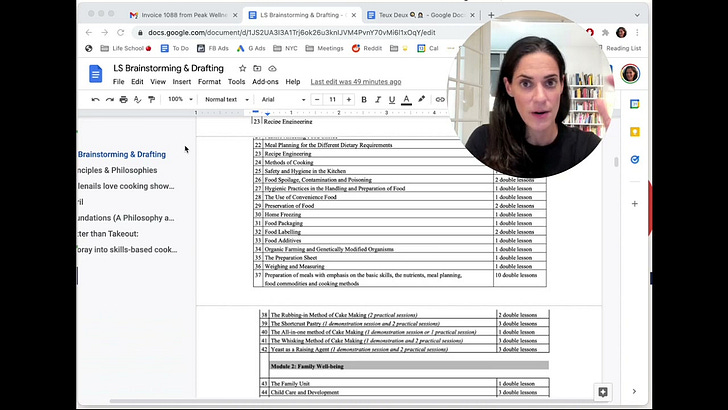📍Introduction
Raw poultry (e.g., chicken) is the highest-risk ingredient in most kitchens. While it can contain harmful bacteria (e.g., Campylobacter, Salmonella), a little extra care will keep things under control. In this lesson, we will go through the steps required to stave off food-borne illness.
📝 Notes, Tips & Tricks:
Purchasing:
"The danger zone" is 40 °F - 140 °F. This is the range in which bacteria thrive.
Buy chicken last when grocery shopping to avoid letting it warm to “danger zone” temperature while shopping
Upon returning hope, put it in the fridge (or freezer) right away.
Thaw poultry in the fridge, not on the counter. If you are in a rush, thaw it in cold water & change the water every 20 min.
Avoid cross-contamination by keeping raw meat away from other foods in the fridge, on the counter, etc. Bag anything that's dripping at the grocery store.
Preparation & Storage:
*Do not rinse raw poultry into the sink*. Splashing water can spread bacteria onto hands, work surfaces, and cooking equipment. Rinsing does not remove bacteria and can actually spread juices into the sink, which touches many dishes you will be hand washing. It can also cause splashing onto countertops. Water droplets can travel more than 50cm in every direction.
Wash anything that has been in contact with raw poultry in hot water & soap. Especially hands. Be careful not to spray onto counters.
Try to keep one cutting board specifically for raw meat and poultry. Plastic is dishwasher-safe, so an ideal choice. Avoid wood.
Use a large kitchen towel to protect your working area. Wash in hot water with other cleaning rags later.
After preparing chicken, wash cutting boards, utensils, dishes, and countertops with hot, soapy water. All-purpose cleaner isn't typically sufficient to disinfect.
Cook until the thickest part of the biggest piece of chicken reaches 165°.
When cooking or grilling chicken, make sure to place the cooked pieces on a fresh plate. If you use tongs to place raw meat on the grill or stovetop, wash them or use fresh ones towards the end of cooking and serving. If the meat looks raw (like this), cook it more.
Marinate poultry in the fridge for up to two days. Do not reuse extra marinade as a sauce as it is filled with raw chicken. Make a fresh sauce for serving.
When storing chicken, make sure your fridge is at a temperature of 40°F or below. Use a thermometer to be sure.
Recommended Gear:
Further Study













Food Safety Deep Dive (Poultry)